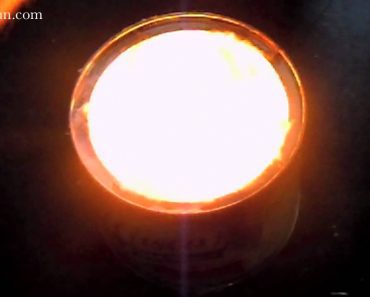This Crisco Candle is a very simple trick to get a long lasting emergency light for very low cost. Simply take a tub of shortening, insert a natural fiber wick (I use cotton string) and light. As the shortening melts it is wicked up and burned. I have heard a tub of shortening can last […]
Month: May 2013
How to Travel with Liquids Without Having Spills
If you are backpacking, traveling with suitcases and airports, or packing a get home or get out of dodge bag there are some common similarities that make life easier. Pack only what you need, put the more common items near the top, and be careful when packing things like liquids or they will leak […]
PRN Episode #17 Raising Rabbits
Tonight’s show s about raising rabbits for meat rather than as pets or as show animals. I have raised meat rabbits for the past 3 or 4 years, but it runs in my family. My late Paternal Grandfather made his living raising and processing rabbits and quail near Baton Rouge Louisiana. As prepper livestock, rabbits […]
How to Make a DIY Olive Oil Lamp
One of the constant issues preppers have to deal with is storing enough fats and oils and keeping up with their short shelf lives. Today’s article on a DIY Olive oil lamp. This gives you a new use for rancid olive oil that is no longer fit for kitchen use, but still too expensive […]
How to Build a Tin Can Rocket Stove
Being able to sustainably cook and heat is something that every prepper needs to plan for. t is not uncommon for modern homes to rely solely upon electricity for both. A rocket stove is able to burn efficiently by using high temperature and a good air draft coming from the bottom of the stove. […]





